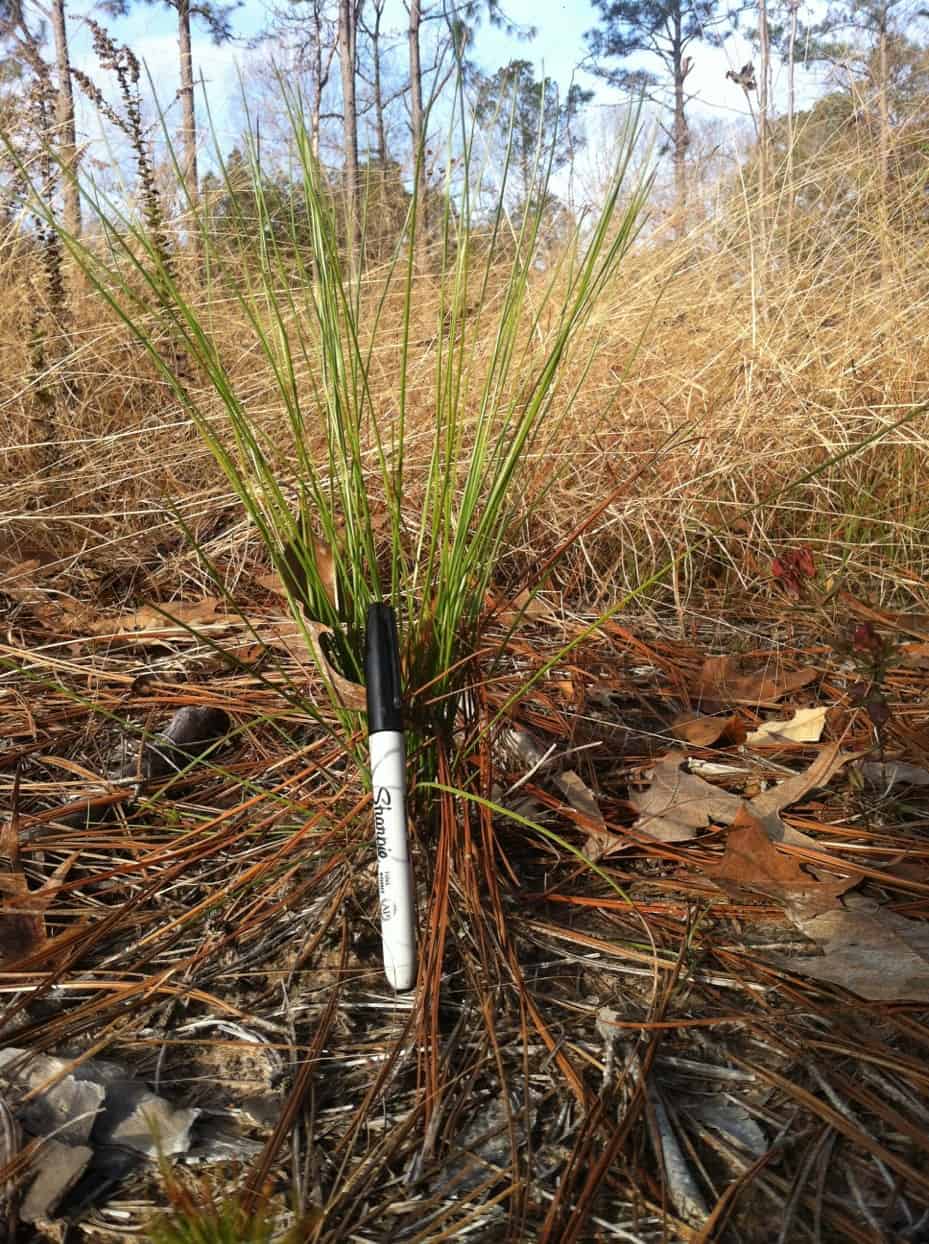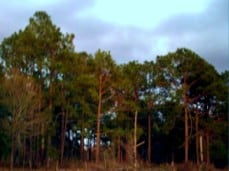Bah Humbug Week: Day 3
Archived series ("Inactive feed" status)
When?
This feed was archived on June 09, 2023 01:01 (
Why? Inactive feed status. Our servers were unable to retrieve a valid podcast feed for a sustained period.
What now? You might be able to find a more up-to-date version using the search function. This series will no longer be checked for updates. If you believe this to be in error, please check if the publisher's feed link below is valid and contact support to request the feed be restored or if you have any other concerns about this.
Manage episode 156975161 series 1205883

Here is today’s story from Christmas Jelly:
December 28
The 100-Foot Line
There’s a fine stand of young slash pines at Dead Man’s curve on the Longville Road. I’ve watched the growth of this forest since it was clear cut, then replanted in straight rows.
The following year, the pines began to poke their heads above the grass. They’ve emerged above the surrounding bushes and scrub trees. In the coming years, they’ll link canopies, drop their pine straw, and completely wipe out the other growth in this field …
…If a woods fire doesn’t kill them first.
I’ve been inspecting the fire lane plowed around these pines. With the approach of winter and its accompanying grass-killing frosts, having good fire lines is essential to protecting the young trees.
Woods fires often occur when a cold front and its accompanying north wind dry out the ground and grass. There is a long tradition of burning the woods among the folks here in western Louisiana’s “No Man’s Land.’’ It began with the early cattlemen and sheepherders burning off the dead grass, believing that new fresh grass was better for their livestock.
Our native longleaf pines can survive most woods fires, but due to their slow growth, they’ve been replaced by newer species. The reforestation of Louisiana in the last eighty years has been with faster-growing loblolly and slash pines.
The trade-off is that these species cannot survive a hot woods fire. There’s nothing sadder than a field of burnt dead pines, meaning a loss of trees and habitat from a fire.
For years, Southwestern Louisiana led the entire state in woods arson. The old settlers still believed it was their right to burn the woods.
Feuds over hunting leases or grudges led to “revenge fires.” Sometimes the fires were accidentally set and spread by a strong wind and low humidity. Regardless of the source, our two most common species of pines are exceptionally vulnerable to fire.
I always worry over fields like the slash pines on the Longville Road. Once tall enough, they can withstand most fires. For the first five years or more, a hot fire will often destroy an entire stand.
That’s why wise forest owners will plow a second inner “hundred-foot line.”
This is insurance against the arsonist who tosses matches across the outer fire lane. This can stop the fire before it spreads to the entire pine plantation.
It provides insurance for the larger part of the field.
I see a spiritual and mental component to the hundred-foot line. In our busy lives, we need this guardrail of space and protection for our minds and souls. This fire lane, or margin, gives us boundaries and space to breathe.
It allows us to control the raging fires that can burn in our lives. I know all about that—I’ve had some hot fires in my own heart—usually self-inflicted.
How do we plow those hundred-foot lines?
Here are two ideas:
Be still. I love the words of the shepherd David in Psalm 46:10: “Be still and know that I am God.” It’s both a promise and a commandment. Taking time to be still, get quiet, pray, and meditate help us as well as protect us. We must build solitude and silence into our lives and guard a time and place for them.
Get outdoors. Wendell Berry made this statement, “The Bible was written to be read outdoors.” There is something about being in nature: a clear blue sky, the wind in the pines, an owl’s call, and a star-filled winter sky with a fingernail moon.
Get outdoors. There’s something about being outside that is good for the inside of a man.
Be sure your hundred-foot fire lanes are in order. It’s a lot easier to plow lines than replant pines.
# # #
Last week, I posted a story about Ed and Kat King. Enjoy this additional snippet from Christmas Jelly as well as a favorite recipe of Mrs. Kat King.
I have so many fond memories of Ed and Kat King. They lived the Christian life in front of me—at church as well as at their dairy and the post office where Mrs. Kat worked.
I sat on the floor in their living room on a hot July night in 1969 as we watched man first step on the moon. “One small step for man. . . .”
I’m thankful for folks like the Kings who served as spiritual and surrogate parents in my life. For me Dry Creek was a huge extended family of kin, friends, and neighbors.
Listen to an audio version of my story on Ed and Kat King:
Banana Nut Cake
Kat King
2 ¼ c cake flour
1 2/3 c sugar
1 ¼ t baking powder
1 ¼ t baking soda
½ t salt
2/3 c shortening
2/3 c buttermilk
3 eggs
1 ¼ c mashed banana
2/3 c finely chopped nuts
Heat oven to 350º. Grease and flour oblong pan or 2 round 9-inch pans. Measure all ingredients into large mixing bowl. Blend ½ minute on low speed, scraping bowl continually. Beat 3 minutes at high speed, scraping bowl occasionally. Pour into pan(s). Bake oblong 45 minutes. Bake layers 35–40 minutes or until wooden pick comes out clean when inserted in center.
I use butter cream frosting with finely chopped pecans added to it. Any fluffy white frosting would do as well.
10 episodes





